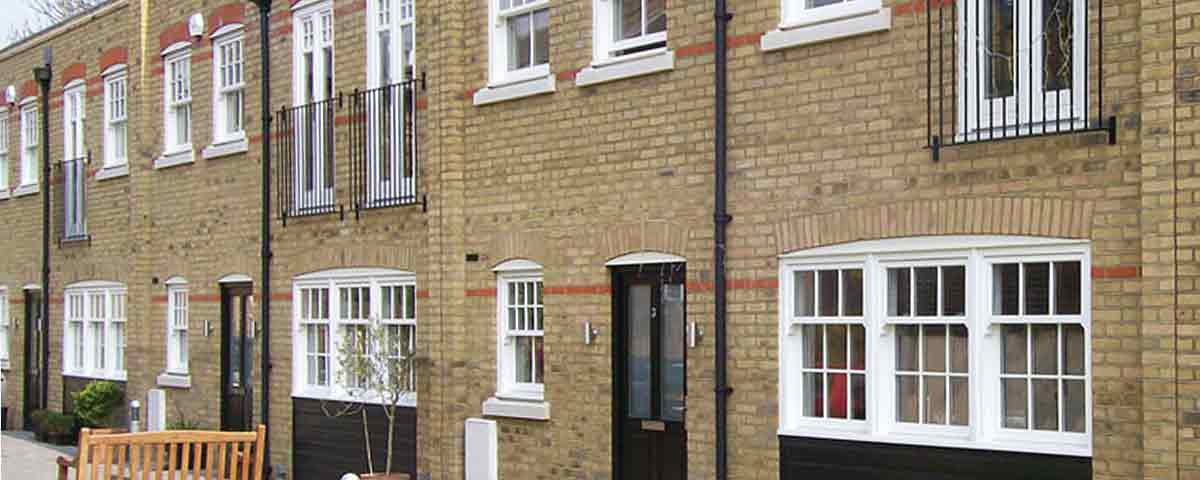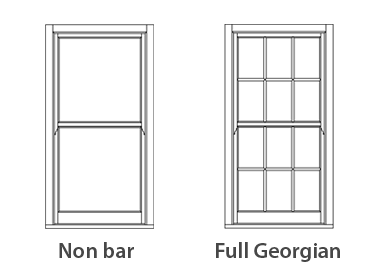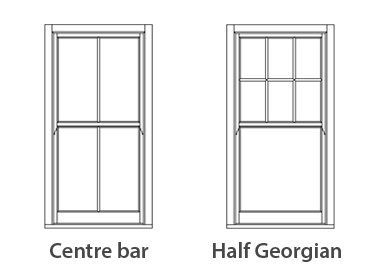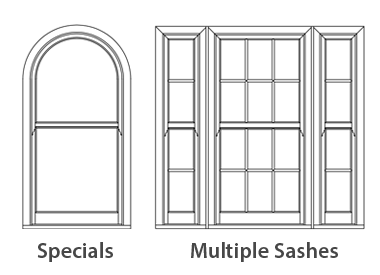

The sash window
We’re biased, of course, but the best looking buildings have sash windows. Don’t they? Okay, so we all like the glassy expanse of a large sliding door on to a terrace, or a multi-panel bi-folding doorset, but will we still love them in 10, 20 or 100 years time?
If you're like us, and get excited when you see a well proportioned, beautifully made and expertly installed sash window, take time to read a few paragraphs that we've prepared below about our favourite subject: the sash window.
A BRIEF HISTORY
The development of the glazed window had been slow until the introduction of the sash window in the mid-1600s. Comprising a series of small panes, or ‘lights’, within an elegant opening sash frame, the window quickly gained favour with architects and became the ‘must have’ home improvement amongst the rich, with many replacing existing casement windows installed much earlier.
Once established, the sash window continued to evolve as glass manufacturing improved. Early Georgian examples, with the iconic ‘6 over 6’ pane style, represented the best of glass technology at that time. The hand-drawn glass process produced only small panes of high quality glass, with the inferior sections and ‘bullseye’ centre piece used for less prestigious properties and shop windows. As the process improved, and the production of larger panes become possible, the style of the sash window changed.
By the end of the 18th century ‘2 over 2’ windows had become possible and rapidly became a very visible symbol of wealth. This continued through to the fully glazed panes that were specified on Victorian properties.
Designers and manufacturers had also developed the design of the frame during this period, with elaborate detailing and flourishes, arched frames and multiple sash units gathered together to create striking feature windows.
Many of these windows still exist today and provide the template for all of the sash windows that have followed. UPVC, Premium UPVC or timber, our Cambridge Sash Windows range take its cue from the best examples of the past.
Changing styles
All of the Cambridge Sash Window ranges are available in the following styles. The sash styles we've shown below evolved as glass production improved and larger glazed panes became possible. Put simply: early examples have small glass panes; later sash windows, larger panes. Our ranges suffer from no such constraints and are available in any style, or combination of styles, that you want to suit your property or project - all double glazed of course!



DID YOU KNOW...
Interesting information about sash windows that we've learnt on our travels:
Following the great Fire of London in 1666, where it was found that timber signs, beams and windows had accelerated the spread of the fire, it was decided that windows should be set-back behind the outside brick or stone work. This is now known as the ‘Georgian’ architectural style.
Double glazing was first patented by Mr Thomas Stetson in 1865, making it over 150 years old.
The sash window remains the most efficient window design to date. Opening the upper and lower sashes a few inches, creates the perfect circulation of air within a room or property.
The Energy Savings Trust recommends A-Rated sash windows which retain exceptional levels of internal heat.
The ‘London Sash’ window style is a mix of an arched frame at the top of the window on the outside, with a square top frame inside.
Call our experienced sales team on 01799 520233


